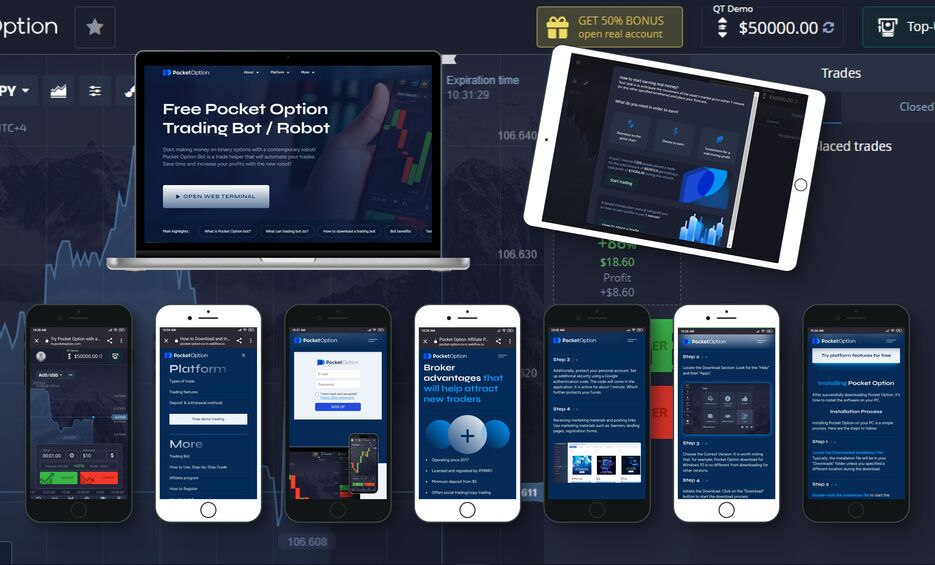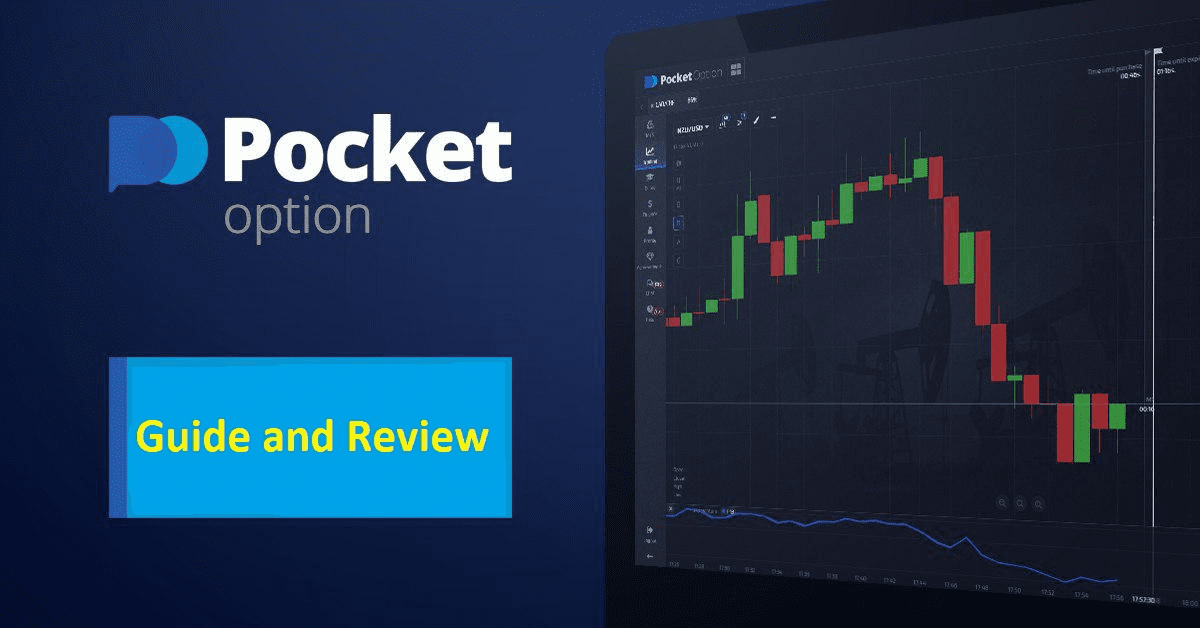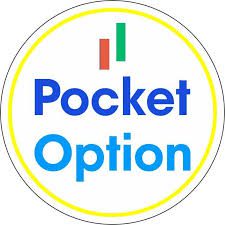
Effective Trading Strategy with Envelope
Trading involves analyzing various market indicators and utilizing strategic tools to optimize performance. One such effective tool is the Envelope indicator, an essential instrument for traders looking to enhance their strategies. In this article, we delve into the nuances of the Trading Strategy with Envelope https://trading-pocketoption.com/strategiya-envelope-na-15-minut/, discussing how to implement it successfully, interpret its signals, and maximize potential profits.
What is the Envelope Indicator?
The Envelope indicator is a technical analysis tool that consists of two lines (upper and lower) placed above and below a central moving average line. These envelopes expand and contract depending on market volatility, making them particularly useful during trending and ranging markets. By tracking the price relative to these bands, traders can identify overbought or oversold conditions, thus providing potential trading opportunities.
How the Envelope Works
The Envelope indicator operates by calculating a moving average, typically a simple moving average (SMA), and then plotting two lines based on a specified percentage above and below this average. For instance, a 20-period EMA (Exponential Moving Average) with a 2% envelope would lead to the upper envelope being 2% above the 20-period EMA, while the lower envelope would be 2% below. The percentage can be adjusted according to the trader’s preference and market conditions.
Setting Up the Envelope Indicator
To employ the Envelope indicator in your trading strategy, follow these simple steps:
- Select a trading platform that supports the Envelope indicator, such as MetaTrader or TradingView.
- Add the Envelope indicator from the list of technical indicators.
- Configure the parameters, including the moving average period and the percentage for the envelope boundaries.
- Apply it to your desired chart, and observe how the indicator behaves with price movements.
Trading Strategies Using the Envelope Indicator
There are several strategies traders can employ using the Envelope indicator. Here are a few effective approaches:
1. Breakout Strategy

When the price breaks above the upper envelope line, it may indicate a strong bullish trend. Conversely, a break below the lower envelope line often signals a potential bearish trend. Traders can enter a position upon confirmation of the breakout, typically waiting for the next candle to close outside the envelope for additional confirmation.
2. Bounce Trading
The Envelope can also be used for bounce trading. When the price approaches the upper envelope, traders can look for signs of reversal to enter short positions. Similarly, when the price nears the lower envelope, they may seek to enter long positions. It is essential to confirm these reversals with other indicators, such as the RSI or Stochastic Oscillator.
3. Trend Following
In a strong trending market, the price usually remains between the envelopes. Traders can use this information to enter positions in the direction of the trend. For instance, if the price consistently remains above the central moving average and occasionally touches the upper envelope, it indicates a strong bullish trend, where traders can look for buying opportunities.
Combining the Envelope Indicator with Other Tools
Using the Envelope indicator in conjunction with other technical analysis tools can enhance its effectiveness. Here are a few tools to consider:
- Relative Strength Index (RSI): The RSI can help identify overbought or oversold levels, confirming Envelope signals.
- Moving Average Convergence Divergence (MACD): This momentum indicator can provide additional insights into potential trend changes or continuations.
- Volume Indicators: High trading volume during a breakout can confirm the strength of the move, increasing the probability of a successful trade.
Common Pitfalls and How to Avoid Them
While the Envelope indicator is a powerful tool, certain mistakes can undermine its effectiveness:
- Ignoring Market Context: Always evaluate broader market conditions and combine Envelope signals with additional analysis.
- Overtrading: Avoid entering trades based solely on Envelope signals without proper confirmation from other indicators.
- Neglecting Risk Management: Implement stop-loss orders and position sizing to manage potential losses effectively.
Conclusion
The Envelope indicator is a versatile tool that can enhance your trading strategy by refining your entry and exit points. By integrating this indicator into your trading plan and combining it with other analysis tools, you can increase your chances of making informed trading decisions. Remember always to conduct thorough research and backtesting before fully committing to any strategy. Happy trading!

